Implement NIST CSF 2.0 for Cyber Risk Management & Governance
Align functions, assess maturity, and build resilience with SureCloud’s CSF-aligned GRC capabilities.
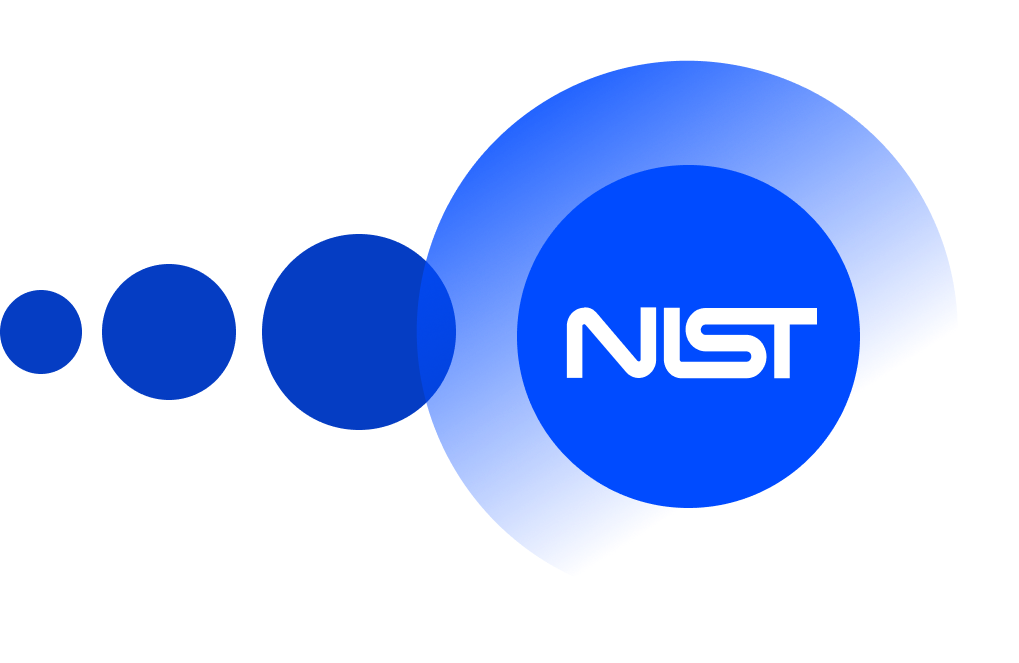
Trust Badges
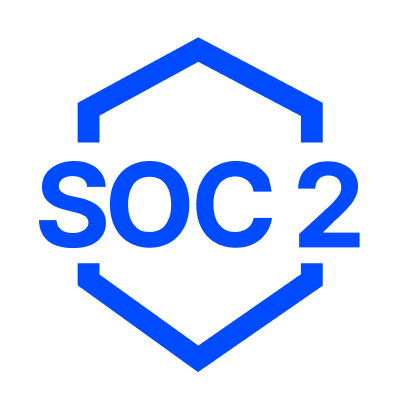
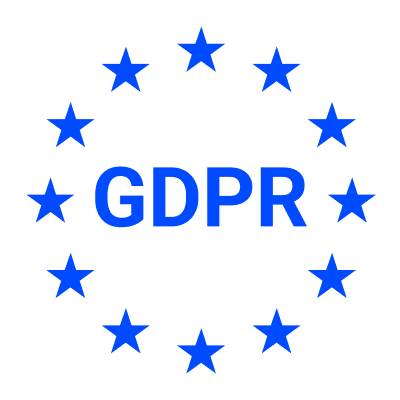
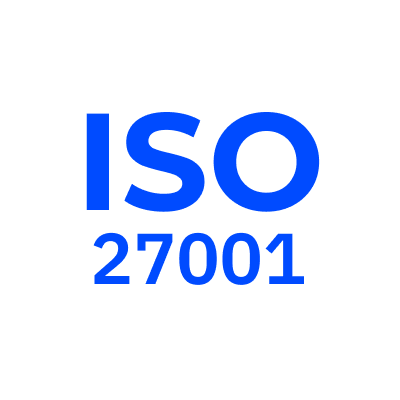
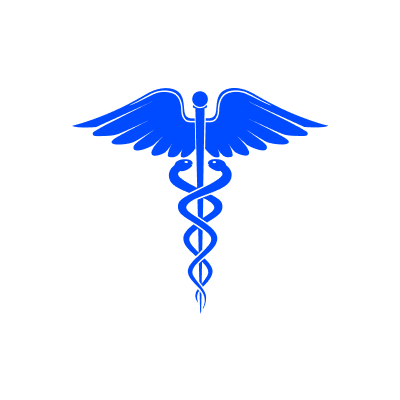
NIST Cybersecurity Framework (CSF) Quick Facts
What Is the NIST Cybersecurity Framework (CSF)?
The NIST Cybersecurity Framework is a voluntary set of outcomes that helps organizations manage and reduce cybersecurity risk. Version 2.0 adds a sixth Function—Govern—and refreshes guidance across all Functions so security, risk, and business leaders can align on outcomes and oversight. CSF is outcome-based and technology-agnostic, giving you flexibility in how you implement controls.
- Latest version: CSF 2.0 (six NIST CSF Core Functions: Govern, Identify, Protect, Detect, Respond, Recover)
- Nature: voluntary framework (not a certification); organizations state “aligned with” CSF outcomes
- Building blocks: Core (Functions → Categories → Subcategories), Organizational Profiles, and Tiers
- Use cases: set a Current Profile, define a Target Profile, close gaps, and track improvement over time
- Informative References: map Subcategories to control catalogs (e.g., ISO 27001, NIST SP 800-53, CIS Controls)
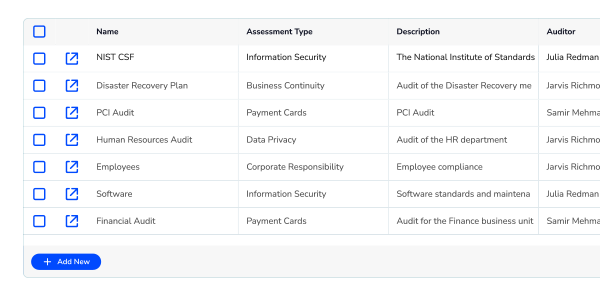
Core Structure — Functions, Categories & Subcategories

Example Outcomes
- Govern: roles, risk management strategy, policies, oversight, supply-chain risk management
- Identify: asset inventory, business environment, risk assessment, third-party dependencies
- Protect: access control, data security, secure development, awareness and training
- Detect: logging, anomalies, continuous monitoring, detection processes
- Respond: incident response planning, analysis, communications, mitigation
- Recover: recovery planning, improvements, communications

NIST CSF Profiles, Tiers & Maturity Assessment
Organizational Profiles describe where you are now (Current Profile), where you want to be (Target Profile), and how Community Profiles can help benchmark common outcomes. Tiers are applied to Profiles—not to organizations—so you can characterize the rigor of governance and risk practices for a given scope (from ad-hoc to adaptive). Together, Profiles and Tiers provide a practical way to prioritize work, measure maturity, and demonstrate progress.
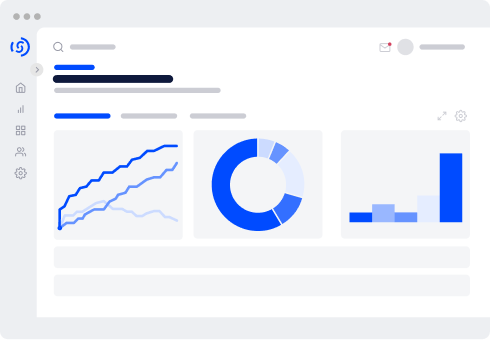
How NIST CSF Profiles & NIST CSF Maturity Tiers Work
- Create a Current Profile: assess outcomes you meet today
- Set a Target Profile: select desired outcomes and justifications
- Analyze gaps: risks, dependencies, and effort
- Apply Tiers to Profiles: characterize governance/risk rigor
- Execute the roadmap: track improvement and reassess
Why CSF 2.0 Matters
CSF 2.0 elevates governance, clarifies supply-chain risk expectations, and connects cybersecurity outcomes to business strategy and risk appetite—so leaders can make informed decisions and teams can show measurable improvement.
Highlights
- Better governance and accountability (new Govern Function)
- Clearer supply-chain risk management expectations
- Shared language across security, risk, and business stakeholders
- Improved visibility, prioritization, and resilience
How SureCloud Helps
Make CSF outcomes operational
SureCloud turns CSF 2.0 from a checklist into a living program. In one workspace, you map outcomes, assess maturity, assign owners, automate workflows, centralize evidence, manage suppliers, and monitor improvement—effectively implementing NIST CSF at scale, without spreadsheets.

What You Do in SureCloud
- Map & Cross-Reference: load CSF 2.0 outcomes and use Informative References to cross-map to ISO 27001/27002, NIST SP 800-53, and CIS Controls so evidence and tests are reusable.
- Profile & Tier: generate Current and Target Profiles; apply Tiers to Profiles; set acceptance criteria and due dates.
- Ownership & Workflows: assign outcome/control owners; automate tasks, reviews, and exceptions with an audit trail.
- Evidence & Assurance: link artifacts to outcomes; schedule control tests and management reviews; track issues to closure with an auditable trail.
- Risk & Supply Chain: assess risks across assets and third parties; tier suppliers; drive remediation and retesting.
- Reporting: real-time dashboards; exportable reports for leadership, regulators, and customers.
Benefits of Using SureCloud with NIST CSF
NIST CSF alignment delivers more than a tidy matrix—SureCloud helps you turn outcomes into measurable progress, faster.
Board-Ready Governance & Visibility
Give leadership a single view of risk, ownership, and status across all six Functions—complete with trends, exceptions, and next actions.
Faster Assessments & Gap Closure
Reduce time to build Current/Target Profiles and apply Tiers with guided workflows and automation—so gaps are found and fixed sooner.
Reusable Evidence, Less Rework
Link artifacts once and reuse them via Informative References (ISO 27001/27002, NIST SP 800-53, CIS Controls) to cut audit prep and duplication.
Supply-Chain Risk, Operationalized
Tier suppliers, run assessments, track remediation, and show how third-party risks map to CSF outcomes and business impact.
Resilience You Can Prove
Schedule control tests and management reviews, log issues to closure, and export audit-ready reports that demonstrate continuous improvement.
Common Challenges & Best Practices
Where teams get stuck:
Scope creep, unclear ownership, limited leadership buy-in, difficulty proving value to non-technical stakeholders.
What works:
Start with a pilot scope; create a Current and Target Profile; apply Tiers to Profiles for governance rigor; track improvements on
Ready to Strengthen Your Cybersecurity with NIST CSF 2.0?
Frequently Asked Questions
What is different in NIST CSF 2.0 vs 1.1?
CSF 2.0 adds the Govern Function, strengthens supply-chain risk management, updates Categories/Subcategories, and provides clearer guidance on Profiles and Tiers.
Is NIST CSF mandatory or certifiable?
CSF is voluntary and not a certification. Most organizations state they are "aligned with" CSF outcomes and report progress via Profiles and Tiers.
How does CSF align with ISO 27001 and other frameworks?
Through Informative References, each CSF Subcategory maps to control catalogs (e.g., ISO 27001/27002, NIST SP 800-53, CIS Controls), reducing duplication and easing audits.
How do Profiles and Tiers measure maturity?
Profiles capture your current vs. target outcomes; Tiers characterize the rigor of governance and risk practices applied to those Profiles.
Who uses CSF?
It's widely used across industries and geographies, from regulated enterprises to mid-market organizations seeking a common risk language and improvement path.
What are typical timeframes and costs?
They vary by scope and complexity. Programs move faster when outcomes, owners, and evidence are centralized and workflows are automated.
.png)

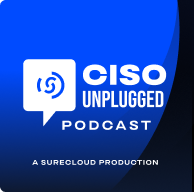


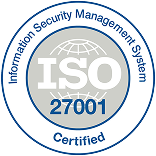
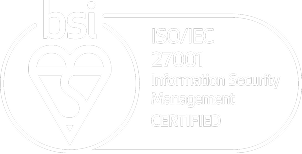
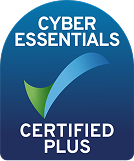
_HighPerformer_Enterprise_HighPerformer.png)
